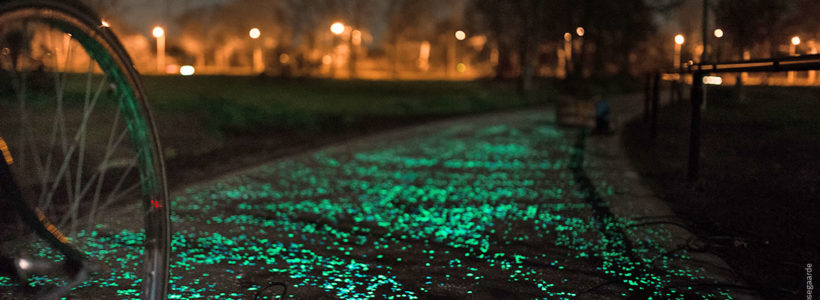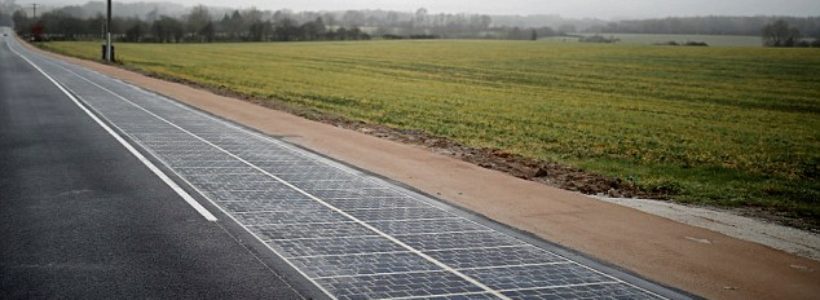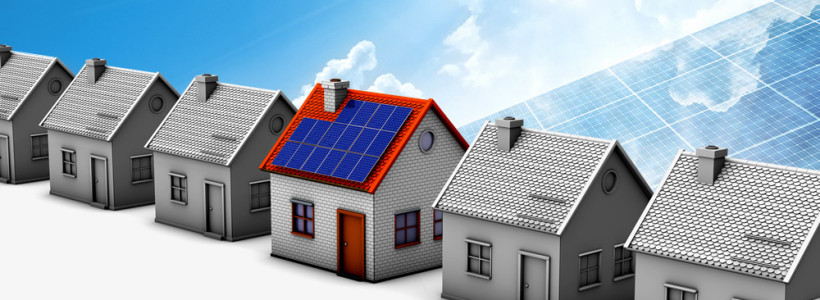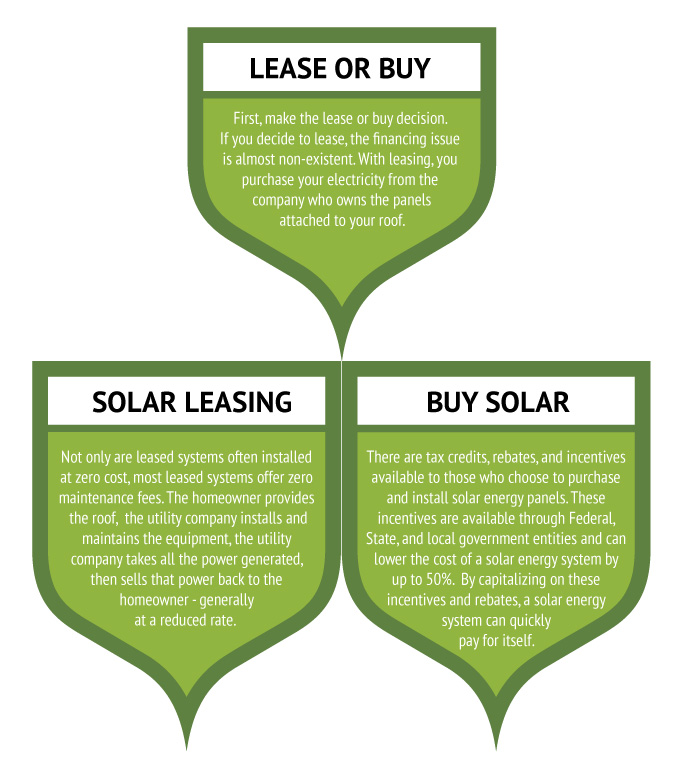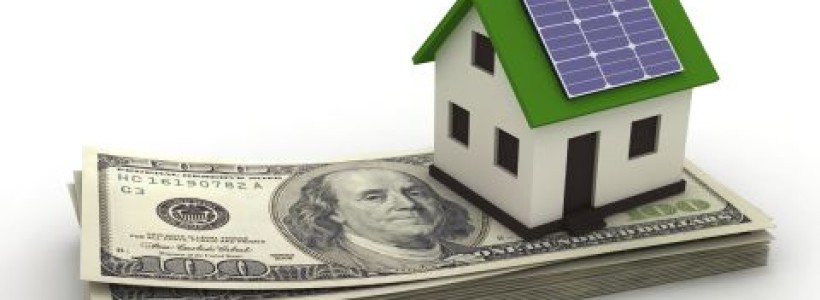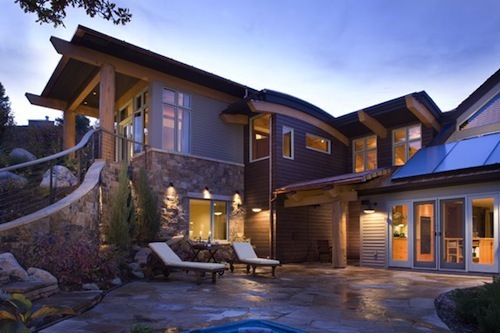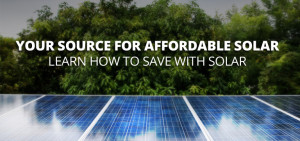Solar Bike Path Honors Van Gogh
Solar energy and nighttime hours aren’t usually a match made in heaven. However, artist Daan Roosegaarde has found a way to create a new spin on solar. How? A solar bike path. Lit with solar-powered LED lights, the path twinkles brightly at night and provides locals an aesthetically pleasing place to walk and bike. Glowing stones harness energy from the sun during the day and glow for 8 hours during the night.
The half-mile path which was created in 2014 is a tribute to Vincent Van Gogh’s hallmark painting Starry Night. The small Dutch town was originally used by Van Gogh as a backdrop for his paintings. The new bike path reminds passerbys of his legacy and the once under-treasured Starry Night.
In an interview with NPR, Roosegaarde remarked, “You have people who are interested in technology to make landscapes which are energy neutral. You have people interested in cultural history and experiencing it in a contemporary way. You have boys and girls who have a first date and want to take their date to a special place.”
The technology behind this innovative idea is being further developed to use for roads and other paths. Due to the increasing reliance on solar across the United States, we’d expect to see similar concepts under construction locally.
Many countries have experimented with solar pathways. Not long before the Starry Night bike path, the Dutch town of Krommenie installed similar technology. This particular path generates enough energy to be back-funneled into the city’s energy grid. Not only is it a self-sustatining project, it is an asset to the city.
If you’re interested in how solar can save thousands of dollars on utility bills and reduce your carbon footprint, fill out this form for a free quote. Although solar panels on homes don’t quite look like a post-impressionist work of art, the return is the same. Get a hold of us for more information.


